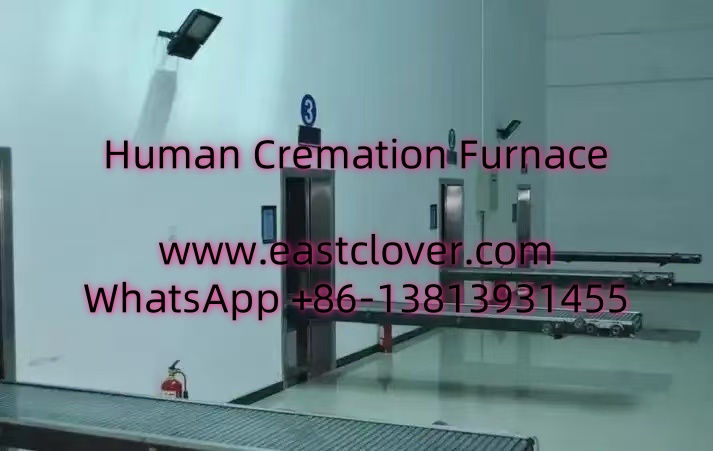Introduction
Pet cremation furnaces are essential systems in veterinary hospitals, providing a dignified and environmentally responsible method for handling animal remains. These systems not only ensure compliance with health and safety regulations but also offer pet owners closure during difficult times. This news explores the technical specifications, operational guidelines, and best practices for integrating pet cremation furnaces into veterinary care facilities.
Technical Specifications of Pet Cremation Furnaces
Types of Cremation Furnaces
- Individual (Private) Cremation: Designed for single-pet cremation, ensuring no cross-contamination.
- Communal Cremation: Handles multiple pets simultaneously, often used for non-reclaimable remains.
Key Components
- Combustion Chamber: Constructed with refractory bricks or ceramic fiber to withstand temperatures up to 1800°F (982°C).
- Afterburner: Reduces emissions by incinerating harmful particulates and gases.
- Control Panel: Automated systems for temperature regulation, cycle timing, and safety alerts.
- Cooling System: Expedites ash retrieval post-cremation.
Critical Features
- Temperature Range: Operates between 1400-1800°F for efficient combustion.
- Fuel Options: Gas (propane/natural gas) or electric-powered systems.
- Capacity: Varies from compact units (20-50 lbs) to industrial models (200+ lbs).
- Emissions Compliance: Meets EPA or local regulatory standards using scrubbers or filters.
Operational Guidelines
Selecting the Right Furnace
- Assess the hospital’s daily volume and pet size range.
- Prioritize energy efficiency and regulatory compliance.
- Factor in space constraints and installation requirements.
Installation Considerations
- Ensure proper ventilation to manage fumes and heat.
- Install fire-resistant flooring and safety barriers.
- Verify electrical/gas line compatibility.
Operational Procedures
- Pre-Cremation: Verify pet identification, obtain owner consent, and prepare remains (e.g., removing non-combustible items).
- Loading: Place remains centrally in the chamber, avoiding overloading.
- Cremation Cycle: Initiate the automated cycle; monitor temperature and duration (1-3 hours, depending on size).
- Post-Cremation: Cool ashes, process remains into a fine powder, and return to owners in urns if requested.
Maintenance and Safety
- Daily: Inspect burners, seals, and emissions controls.
- Monthly: Clean combustion chambers and replace filters.
- Annually: Conduct professional inspections and calibrate sensors.
- Train staff on emergency protocols (e.g., gas leaks, power failures).
www.southclover.com
Investing in a pet cremation furnace enables veterinary hospitals to offer compassionate end-of-life services while adhering to environmental and safety standards. By selecting the appropriate equipment, following operational best practices, and prioritizing staff training, facilities can ensure efficiency, compliance, and client trust. As pet ownership grows, robust cremation solutions will remain vital to veterinary care.
FAQs
1. What certifications are required for operating a pet cremation furnace?
Certification requirements vary by region. Most jurisdictions mandate compliance with emissions standards (e.g., EPA guidelines) and operator training in hazardous material handling.
2. Can large animals like horses be cremated in veterinary furnaces?
Specialized high-capacity furnaces are needed for large animals. Many hospitals outsource such cases to dedicated pet crematories.
3. How do I minimize environmental impact?
Use furnaces with afterburners or scrubbers, maintain optimal temperatures, and avoid plastics/metal in the chamber.
4. What is the average cremation cost for pet owners?
Prices range from $50-$300 for communal cremation and $150-$500+ for private services, depending on pet size and location.
5. How long does the cremation process take?
Typically 1-3 hours, plus cooling time. Larger pets may require longer cycles.

Comments are closed